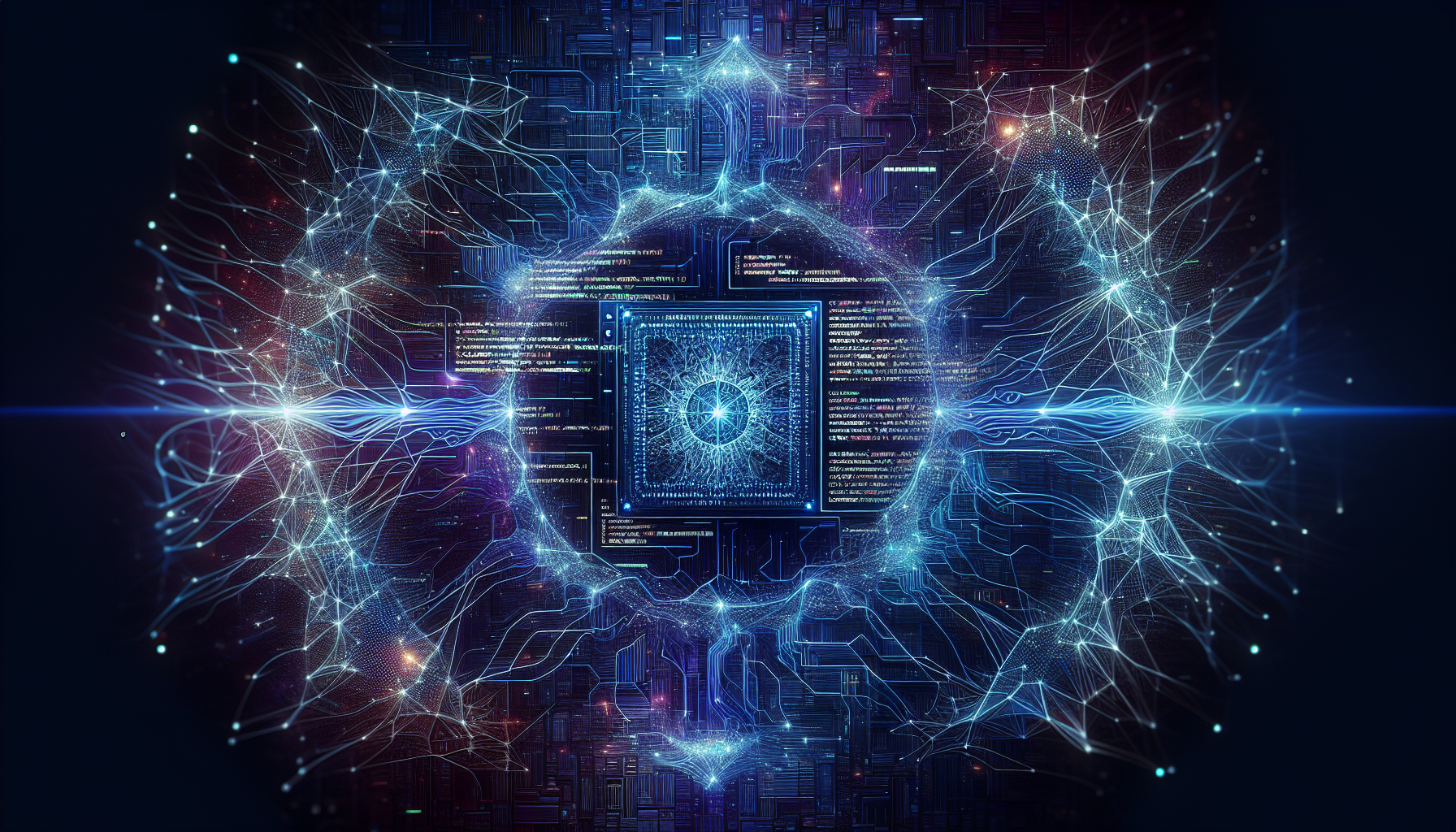
tl;dr
Coinbase is leveraging AI to generate 40% of its codebase, marking a pivotal shift in tech innovation. This move positions the crypto exchange at the forefront of AI-driven development, mirroring trends in Silicon Valley and challenging traditional software engineering norms.
**Coinbase’s AI-Driven Revolution: The Future of Crypto Exchanges?**
In the ever-evolving landscape of cryptocurrency, Coinbase has long been a household name. As America’s largest crypto exchange, it has shaped the industry’s trajectory for years. But now, the company is poised for a transformation that could redefine not just its role in the market, but the very nature of tech-driven innovation.
CEO Brian Armstrong recently revealed a startling statistic: 40% of Coinbase’s codebase is now generated by artificial intelligence. This revelation, while not entirely surprising in an era where AI tools are increasingly prevalent, marks a pivotal moment for a multibillion-dollar public company. Unlike startups experimenting with AI chatbots or assistants, Coinbase is embedding machine intelligence directly into its core development pipeline—a move that signals a bold leap into the future of software engineering.
### The New Coinbase: Where Code Meets Automation
Armstrong emphasized that AI is not here to replace engineers but to “supercharge productivity, reduce costs, and innovate faster.” By leveraging AI to write and refine code, Coinbase aims to streamline operations, accelerate feature releases, and maintain a competitive edge in a market that demands speed and precision. The company’s shift reflects a broader trend: AI is no longer an experimental tool but a foundational element of modern tech infrastructure.
The implications are profound. If Coinbase’s AI-driven approach proves successful, it could set a new standard for how tech companies operate. With AI handling repetitive tasks, engineers can focus on complex problem-solving, while automated systems ensure consistency and security. Armstrong hinted that the AI-generated code percentage could rise to 50% in the near future, suggesting a future where half of the company’s software is crafted by machines trained to produce high-quality, scalable code.
### A Broader AI Revolution in Tech
Coinbase’s move is part of a larger seismic shift across the tech industry. Companies like Google, Microsoft, Amazon, and Tesla have already integrated AI into their core operations, using it to optimize everything from ad placements to supply chain logistics. For instance:
- **Google** relies on AI to fine-tune search algorithms and ad strategies, often without user awareness.
- **Microsoft** has embraced AI through GitHub Copilot, a tool that assists developers worldwide.
- **Amazon** uses machine learning to predict customer behavior and automate commerce decisions.
- **Tesla** trains AI systems to refine the software powering its vehicles, mirroring Coinbase’s automated code pipeline.
What unites these companies is a shared philosophy: AI is no longer a peripheral tool but a central force shaping innovation. Coinbase’s approach aligns with this trend, positioning itself at the forefront of a new era where software development is increasingly autonomous.
### The Risks and Rewards of AI-Driven Development
For Coinbase, the stakes are high. By automating its codebase, the company could dramatically reduce development cycles, enabling it to deploy security patches, new features, and integrations in days rather than months. This agility could be a game-changer in the fast-paced crypto market, where delays can mean lost opportunities or vulnerabilities.
However, the transition is not without risks. Relying heavily on AI raises questions about accountability, security, and the potential for unforeseen bugs. Yet, Armstrong’s vision is clear: AI is a tool to augment human capability, not a replacement. The goal is to create a hybrid ecosystem where engineers and machines collaborate to push boundaries.
### The Road Ahead
If Coinbase succeeds, it could redefine what it means to be a tech company in the AI age. Crypto exchanges that fail to adopt similar automation may struggle to keep pace, facing a future where “out-coded” is as critical as “outspent.” The company’s bold experiment serves as both a blueprint and a warning: the future belongs to those who embrace AI not as a threat, but as a partner in innovation.
As the line between human and machine blurs, Coinbase’s journey underscores a universal truth: in the age of AI, the most successful companies will be those that adapt fastest. For now, the crypto world watches closely, eager to see if this AI-powered evolution will set a new standard—or spark the next big disruption.